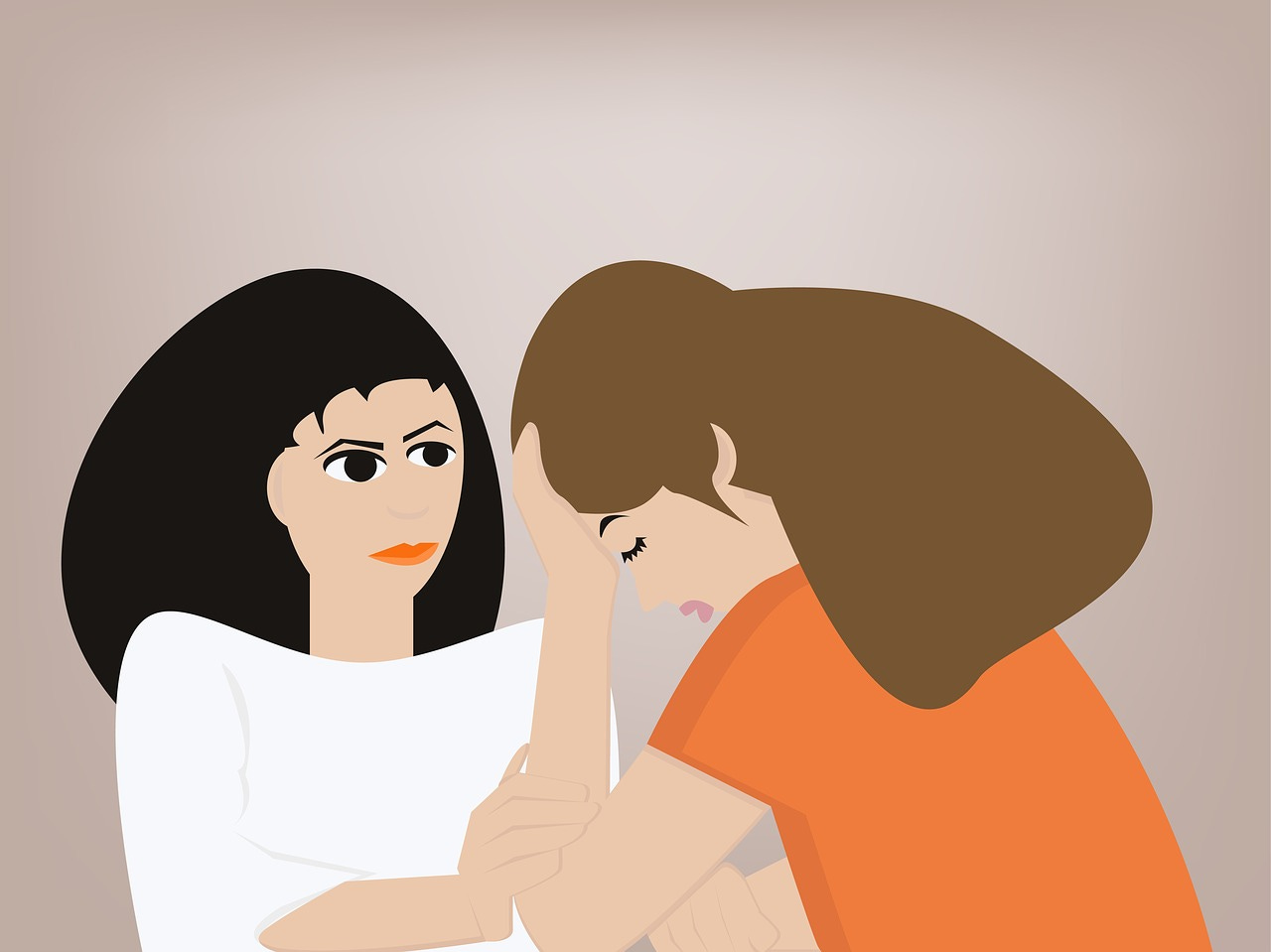Our prescription for mental health
Venture funding is at a record high - and yet, major gaps persist
Billions of venture dollars are flooding into behavioral health. And yet, it’s far from enough. There are still major gaps to overcome and opportunities that have not been addressed.
For this behavioral health issue of Second Opinion, I teamed up with Dr. Ben Robbins at GV, an investor and psychiatrist. As a clinical expert who’s funded a variety of companies in the space (Headway, Brightline, Quartet and more), Ben is super knowledgable on the state of play in behavioral health today. We also talked to a range of experts including founders, clinical psychologists and patients to get a richer array of perspectives.
Here’s a summary of what we learned and some theses we’ve developed. And as always, we welcome your perspectives and thoughts.
So let’s first talk about the need. Here are some high-level stats that may blow your mind if you’re not following the space:
Approximately 1 in 5 American adults have a mental health diagnosis
Only about 50% of people with a mental health diagnosis re…




